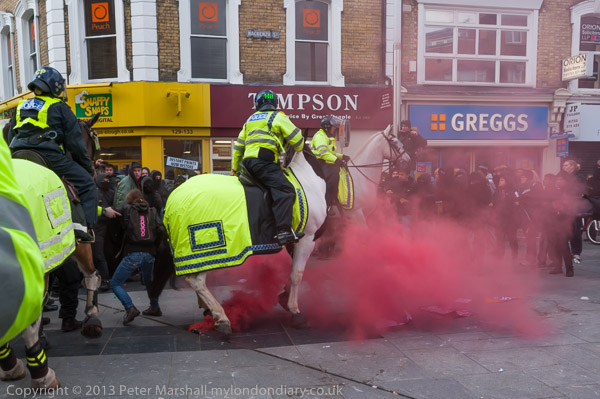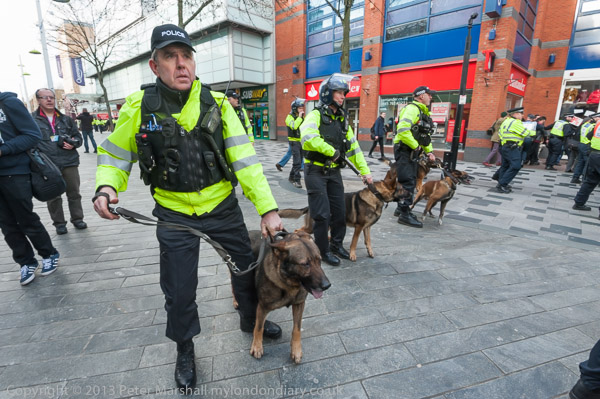Ninety from Narbeth: Narberth (Arbeth to Welsh speakers) was until recently a place I had never hear of, a small town in Pembrokeshire with ancient origins. I spent a week staying there with a small group of friends at the start of September 2024, returning last Saturday.

Narbeth apparently grew up around the palace of a Welsh king and in the great collection of ancient Welsh stories preserved by oral tradition until first written down around 1350, the Mabinogion, is the chief palace of Pwyll, Prince of Dyfed. There were ancient camps nearby and the Romans came – and went.

But it was the Normans who, having invaded England in 1066, a few years later turned their attention to Wales and left a great mark on the area, building more than 50 massive castles to invade and occupy the area. Thee wars here were a complex and changing situation and other castles were built by the Welsh to defend their land.

A castle was first built at Narbeth by the Normans around 1116, but rebuilt in stone in the following century. It formed a part of what is now called the Landsker Line, defending the territory they controlled against the Welsh. The castle is now in ruins but open to the public, though the buildings are fenced off for safety reasons.

The Landsker Line divided the largely English-speaking area of south Pembrokeshire, dominated by the Normans from Welsh-speaking Wales, and the area to the south of it was often called ‘Little England’.

Now only around a fifth of the roughly four thousand residents of Narberth are Welsh-speaking. For a town of its size it has a remarkable number of independent shops and particularly at weekends the place is crowded. Ten years ago The Guardian called it “a gastronomic hub for West Wales” and named it as “one of the liveliest, most likeable little towns in the UK.“

I can’t comment on the gastronomy, though I did help to cook some interesting meals for our small group staying there, but it does have a very fine shop making artisanal ice cream with some unusual flavours. And I only visited one of its many pubs, which was a very friendly place, though I just missed the live music there.

As well as more traditional shops, the town also has more than its share of arty shops and some with a hippy or ‘New Age’ vibe. And its certainly a very friendly place compared to suburban London and one of a number of locals we met in a pub shook my hand when I revealed one of my Grandmothers had come from Wales. I’m not surprised that Narberth was “named one of the best places to live in Wales in 2017“

It has an excellent local museum and of course a number of churches and chapels, though some now in other uses. These are among its 70 listed buildings, most of which I think are in the pictures I took, though many of the more interesting are unlisted.

It isn’t far to drive to many other attractions of the area – more castles, mills, the rugged coastal path and more sedate seaside resorts with some fine beaches. Friends took me to some of these but there were many more.

Perhaps the most disappointing thing about Narberth is the railway station, around three-quarters of a mile from the centre of town. On the map the railway seems useful, but in reality there are too few trains to be of much use. The station building is now a joinery though Platform 1 (and only) still stands, with an announcement telling us that this was a request stop, and we should indicate clearly to the driver as the train approached that we wanted to board. Fortunately it did stop when we began our journey home.

All the pictures here are from Narberth town centre, and there are more on Facebook in the album ‘Ninety From Narbeth‘. I’ll make some later posts about some of the places in the area we were able to visit during our holiday.
Flickr – Facebook – My London Diary – Hull Photos – Lea Valley – Paris
London’s Industrial Heritage – London Photos
All photographs on this page are copyright © Peter Marshall.
Contact me to buy prints or licence to reproduce.








